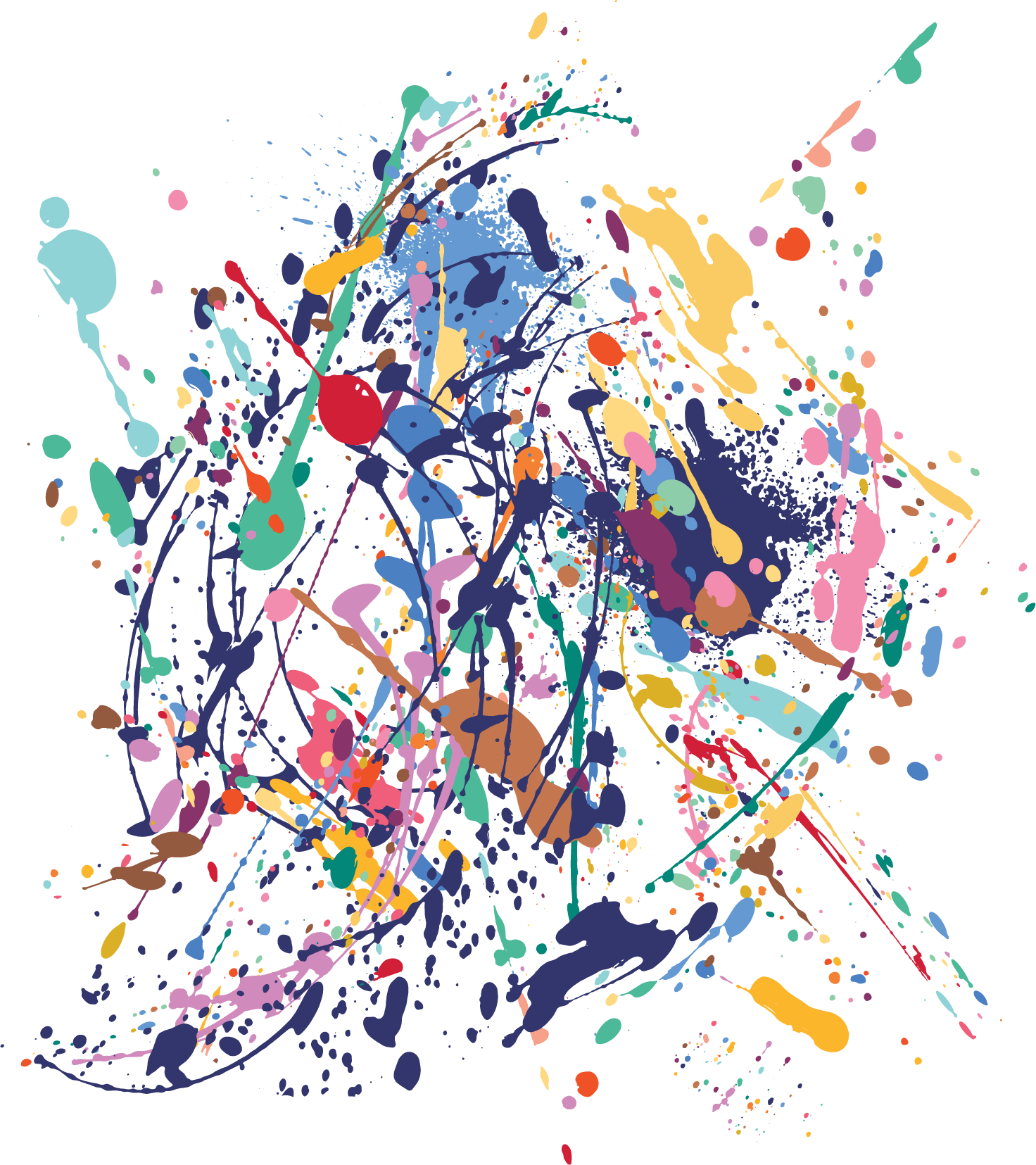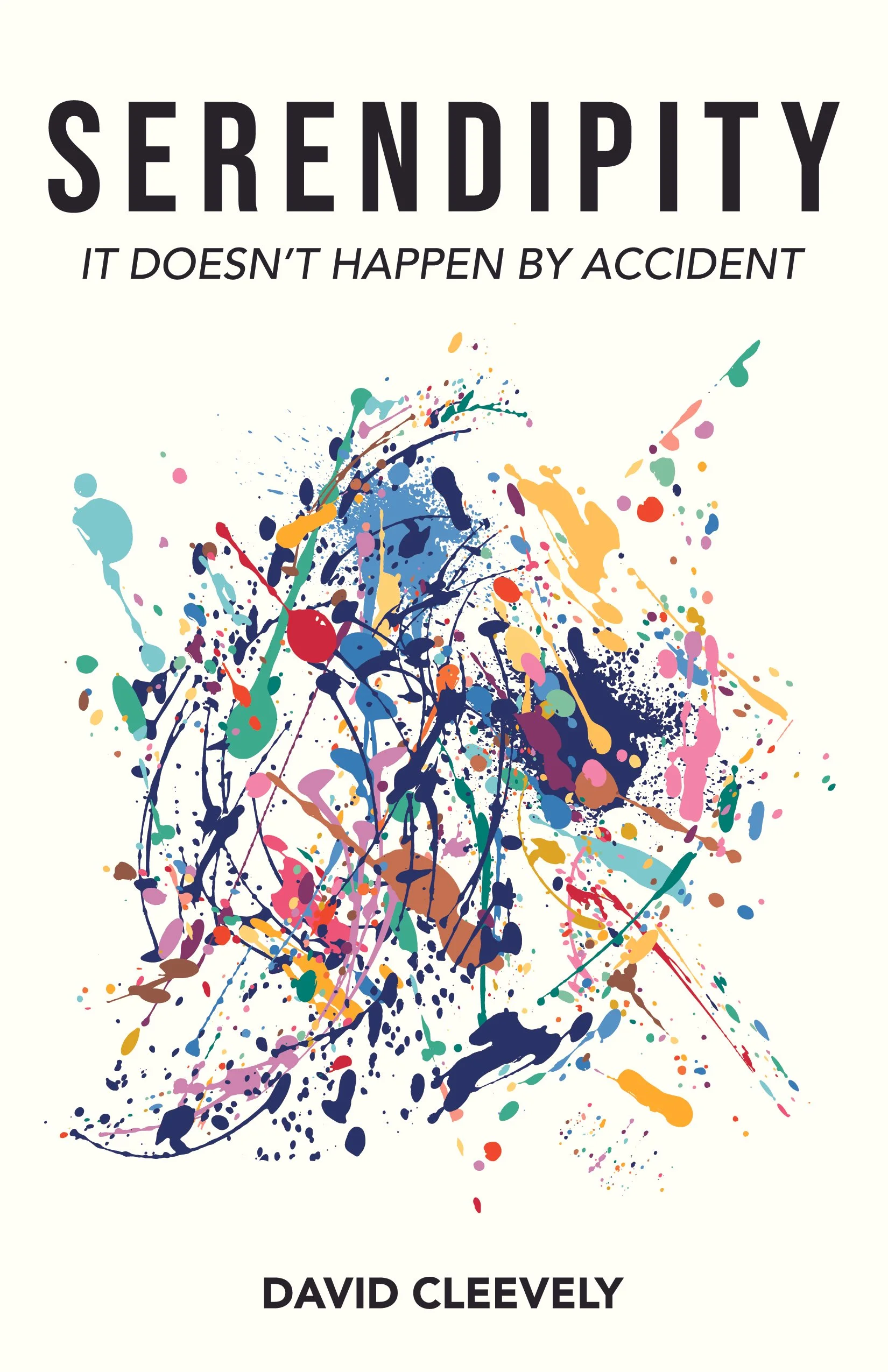serendipity:
IT DOESN’T HAPPEN BY ACCIDENT
“Serendipity has been misunderstood for too long. Ever since Horace Walpole coined the term in 1754, we've tended to see serendipity as a fortunate accident - an unexpected collision of timing and luck. But that's not how breakthroughs actually happen. This book argues instead for something I call engineered serendipity - the deliberate creation of environments, networks, and interactions that significantly raise the likelihood of valuable, unexpected discoveries. Serendipity doesn't have to be left to chance; we can systematically and intentionally design for it and create the opportunities for it to happen.
Consider how innovation really works. Steve Jobs and Steve Wozniak didn't stumble into Apple's success by random luck alone. They thrived because they operated within Silicon Valley’s rich, interconnected network of investors, inventors, and early adopters. Likewise, the Lunar Society in 18th-century Birmingham generated world-changing inventions not by accident but because it consciously brought diverse minds together in structured yet fluid interactions. These examples - and countless others throughout history - illustrate a fundamental truth: breakthroughs become probable rather than merely possible when the right structures are in place.
Over the past few years, I have become increasingly convinced we need a rigorous and practical framework to understand and apply engineered serendipity. Drawing on insights from Erasmus, Francis Bacon, Charles Darwin, Stuart Kauffman, and others, this book blends theoretical rigour with practical experience drawn from my own career, from predicting the digital revolution at the Post Office’s Long Range Studies Division, to founding companies such as Abcam and Analysys, advising governments, and creating influential networks such as CSaP and the Cambridge Network.
Time and again, I've witnessed how apparent luck emerges from deliberately designed environments - places where “weak ties” bridge disconnected domains, institutional boundaries remain porous, and people are trained to spot and act on unexpected opportunities. This isn’t luck; it’s engineered serendipity in action.
This book itself exemplifies serendipity. Just when I thought I'd completed my manuscript, unexpected conversations kept introducing new dimensions.
Chance allowed me to rearrange my diary and attend a feast in Cambridge, where a meeting with Stephen Fry nudged me toward Erasmus’ In Praise of Folly, and despite my reluctance at being given more to think about, added an invaluable perspective. Even technology played a part: AI agents challenged my arguments, hunted down obscure references, tested alternative frameworks, and revealed hidden assumptions - becoming, in a sense, part of the engineered network this book examines.
Yet none of this - the conceptual framing, structural coherence, or clarity of expression - would have emerged without Ian Phillipson. Over a year of deep collaboration, Ian listened closely, drew out ideas, drafted and refined sections, and through patient discussion helped to shape the overall trajectory of this argument. This final manuscript reflects our shared dialogue and his remarkable ability to make complex ideas clear and compelling. It is no exaggeration to say that without Ian’s insight, care, and relentless commitment, this book would not exist.
What you'll find here is a theory - but not a rigid system. The Serendipity Systems Model offered in these pages is a flexible framework, built on the insight that meaningful discoveries emerge most readily at what Stuart Kauffman describes as the "edge of chaos": environments structured enough to harness new insights yet open enough to welcome novelty.
Whether you're an entrepreneur, policymaker, technologist, or simply someone intrigued by how the world truly works, I hope this book will help you see serendipity not as something to await passively, but as something we can actively create. In a world increasingly obsessed with control, learning to harness the unexpected through engineered serendipity may become the most strategic skill of all.”
David Cleevely, Author
Order Now
Available on Amazon
AUTHOR
David Cleevely, CBE FReng FIET

Praise for Serendipity: It Doesn’t Happen by Accident
LAUNCH EVENTS
House of Lords Science & Technology Committee
24th June 2025
Parliament
Official Serendipity Book Launch!
25th June 2025
Glasshouse, Cambridge
Centre for Science and Policy Annual Conference 2025
24th June 2025
The Royal Society











